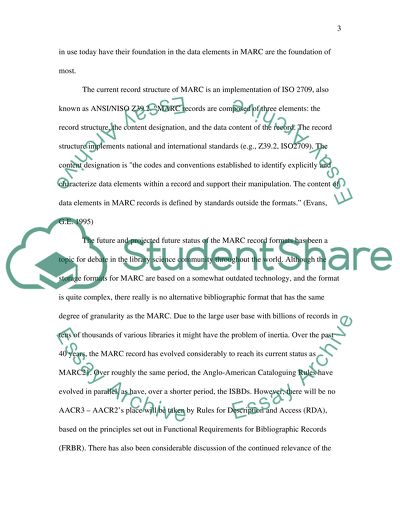Cite this document
(“Cataloguing Essay Example | Topics and Well Written Essays - 2500 words”, n.d.)
Cataloguing Essay Example | Topics and Well Written Essays - 2500 words. Retrieved from https://studentshare.org/technology/1517330-cataloguing
Cataloguing Essay Example | Topics and Well Written Essays - 2500 words. Retrieved from https://studentshare.org/technology/1517330-cataloguing
(Cataloguing Essay Example | Topics and Well Written Essays - 2500 Words)
Cataloguing Essay Example | Topics and Well Written Essays - 2500 Words. https://studentshare.org/technology/1517330-cataloguing.
Cataloguing Essay Example | Topics and Well Written Essays - 2500 Words. https://studentshare.org/technology/1517330-cataloguing.
“Cataloguing Essay Example | Topics and Well Written Essays - 2500 Words”, n.d. https://studentshare.org/technology/1517330-cataloguing.


